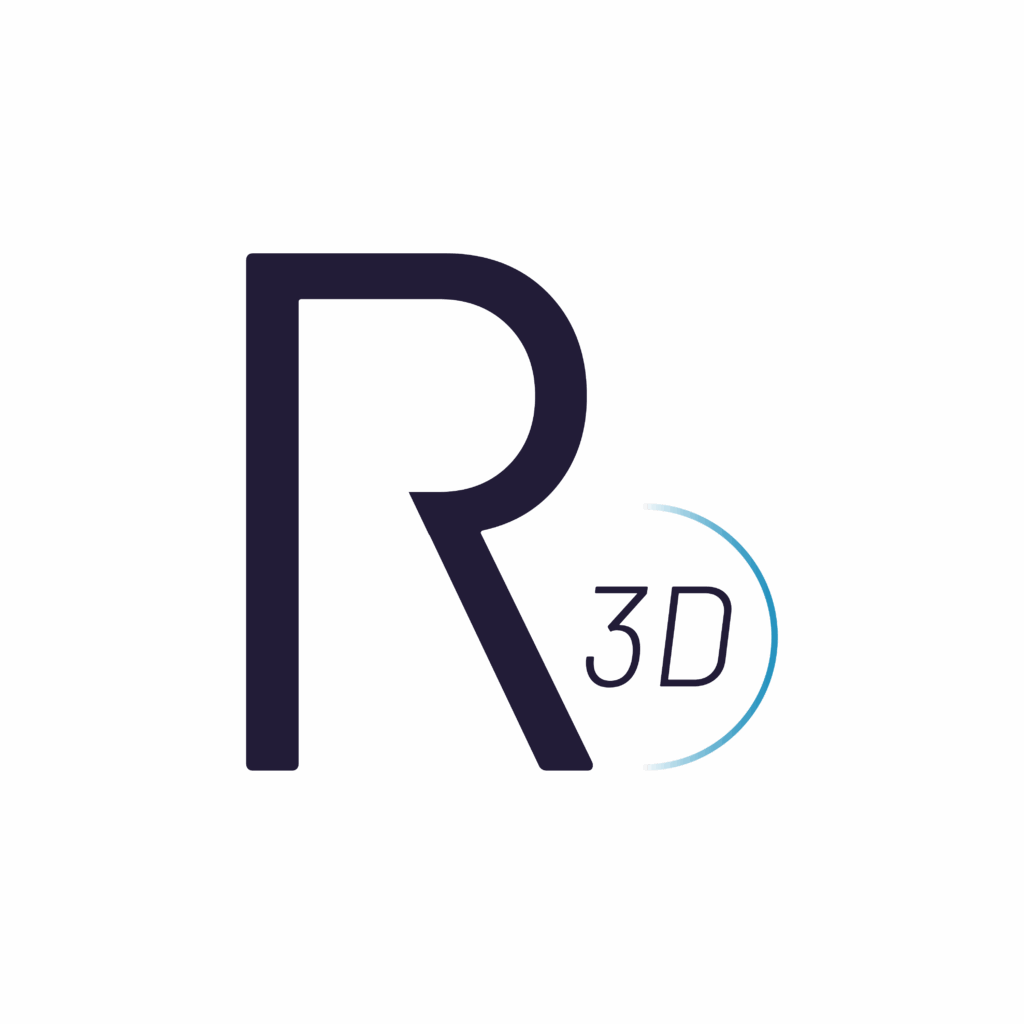Contact us
We’re here to help! Reach out for inquiries, support, or collaboration opportunities. Your feedback is valuable to us, and we look forward to connecting with you.
Email us here
info@regemat3d.com
Location
Avda del Conocimiento, 41 - A111 - A112, 18016 Granada, Spain.
Or give us a call
958637124
Keep In Touch
Connect with REGEMAT 3D for bioprinting solutions, research collaborations, or product inquiries. Our specialists are here to help.

